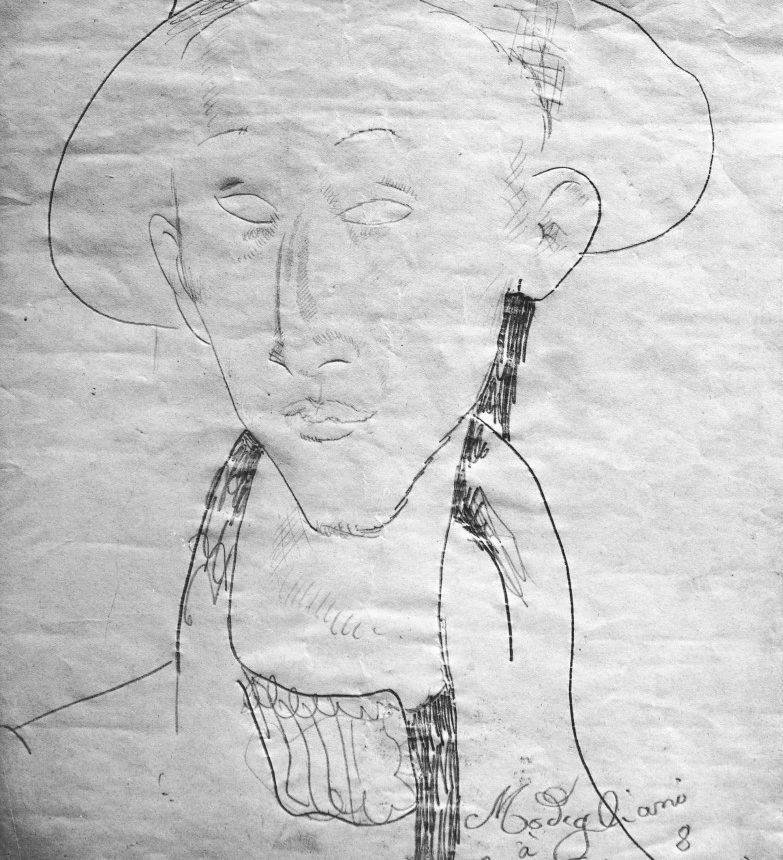Willy EISENSCHITZ
January 2, 2019Istvan FARKAS
January 2, 2019Henri EPSTEIN
LODZ (POLAND) 1891 – DEPORTED TO AUSCHWITZ 1944
Henri Epstein’s father died when he was three. He was raised by his mother, who encouraged his interest in painting. He enrolled in Jakub Kacenbogen’s drawing school in Łodz, before studying at the School of Fine Arts in Munich until he was nineteen years old. Epstein visited Paris for the first time in 1912 before serving in the Polish army. He then returned to Paris and settled at La Ruche from 1913 to 1938, studying at the Académie de la Grande Chaumiere. Although Epstein’s early work was influenced by Fauvism, he then adopted an expressionist technique. He illustrated Gustave Coquiot’s Vagabondages (publisher Ollendorff) in 1921 and Pierre Bonardi’s Les Rois du Maquis (publisher André Delpeuch) in 1926. He also probably contributed to the Jewish artistic journal Machmadim published at La Ruche and to Renaissance, a magazine in which he wrote articles in Yiddish. Epstein bought a farm near Epernon, which became his refuge during the Occupation.
On February 23, 1944 he was arrested there by three Gestapo agents. Despite appeals by his wife (the daughter of painter Georges Dorignac) and his friends, Epstein was sent to Drancy camp on February 24, 1944. He was deported on March 7, 1944 in convoy number 69, and killed in Auschwitz.
Stories of Jewish Artists of the School of Paris 1905-1939
FRENCH-ENGLISH
Capitale des arts, le Paris des années 1905-1939 attire les artistes du monde entier. De cette période de foisonnement, un terme est resté, celui d'Ecole de Paris, qui recouvre une grande diversité d'expression artistique. Dans ce brassage dont Montparnasse est le creuset, un groupe se distingue : celui des artistes juifs venus de Russie, de Pologne et d'Europe centrale. Si leurs styles sont variés, un destin commun les rassemble : ils fuient l'antisémitisme de leur pays d'origine. Certains ont connu la célébrité dès les années 1920, tels Soutine, Lipchitz ou Chagall. D'autres n'ont pas eu le temps ou la chance d'y accéder. Près de la moitié a péri dans les camps de concentration nazis.
From 1905 to 1939, Paris attracted artists from all over the globe as the capital of the art world. This period of artistic proliferation became known as the School of Paris, and includes a great diversity of artistic expression. Within the teeming art world centred on Montparnasse, one group set itself apart: Jewish artists from Russia, Poland, and Central Europe. Although their styles were diverse, they shared the common fate of fleeing anti-Semitic persecutions in their home countries. Some became famous in the 1920s, such as Soutine, Lipchitz, and Chagall, while others did not have the time or the luck to gain renown. Nearly half of these artists died in Nazi concentration camps.





